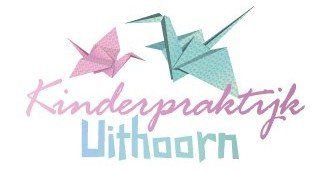Attachment
A secure attachment is the result of countless hours of interaction between the child and it’s caregiver(s), from as early on as infancy. This attachment behaviour presents itself best in children younger than 18 months when they search for safety and comfort in strange situations or when they feel fear, sadness or pain. The child prefers to focus on, and stay close to, the caregiver. After the first 18 months, a child will explore more and learns that he/she is an individual person, with their own needs and wishes. Children gradually become detached from their caregiver(s).
Sometimes the interactions between the child and the caregiver(s) do not develop as smoothly. For example in cases of neglect, frequent hospital admissions, abuse, trauma, a caregiver who hasn’t been sufficiently and consistently available, or when the child has multiple different caregivers over time. This often reflects in the behavior of the child, usually very early in the development. A child might then either react very strongly to situations when they are in fear or pain, or show the opposite where the child reacts very reluctant and/or won’t seek support. If this prolongs and turns into a pattern, the child could develop an attachment disorder.
Parents of children with attachment disorders often experienced problems with attachment themselves. This can make it more difficult for parents to build a secure attachment relationship with their own children. The Kinderpraktijk can help by analysing the attachment with diagnostic methods. If the attachment is indeed disturbed, or if there is already an existing diagnosis, we offer treatment based on the NIKA-protocol to promote the attachment between caregiver and child.




